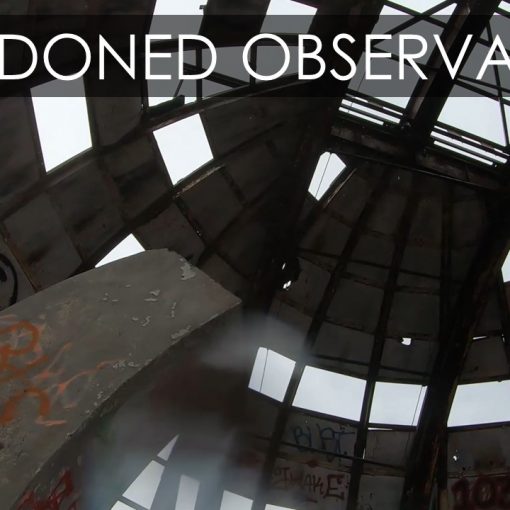Turning north onto Nebraska Highway 67, the gray, squat monolith was readily apparent. It stuck out from the landscape with a spooky stillness. I pulled into the muddy gravel lot. A couple with their daughter were just getting into their car with bright smiles.
It was sunny. The parking lot was lonely. The flat sandhills of Nebraska spread out for miles. And smack in the middle were 38 automobiles arranged in a circle measuring about 96 feet in diameter. Some were held upright in pits 5 feet deep, trunk end down, and arches of other automobiles atop the supporting models. The heelstone was a 1962 Cadillac. This is a quintessential roadside attraction firmly considered “Americana”.
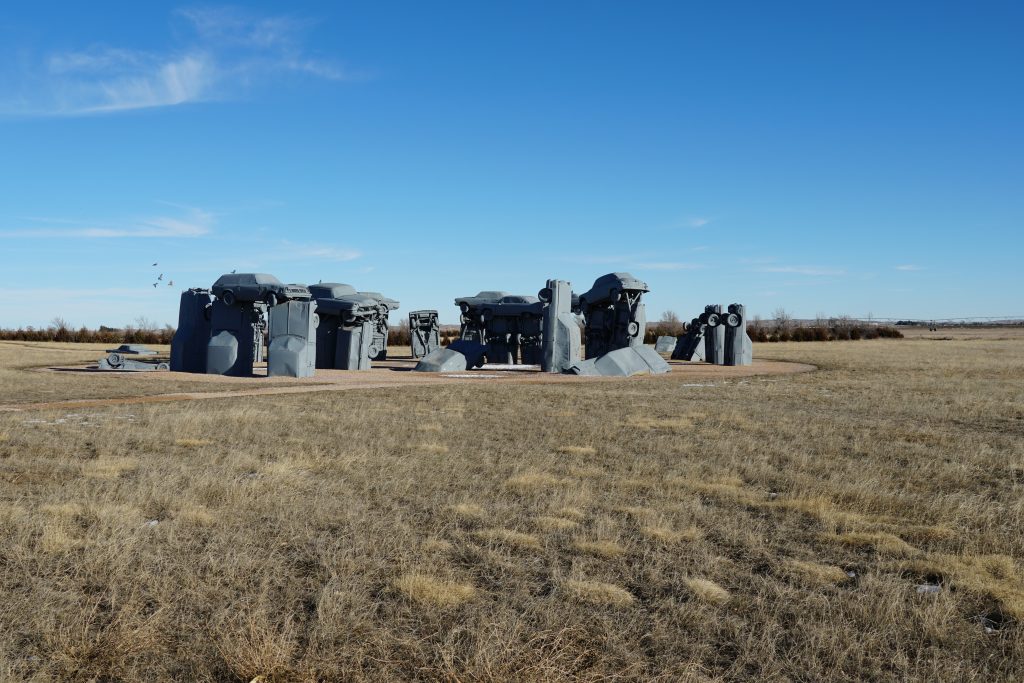
Carhenge replicates Stonehenge’s current dilapidated state, rather than the original stone circle erected between 2500 BC and 2000 BC. Stonehenge itself is a bit of an ancient mystery. While many archeological digs have been performed at Stonehenge, its purpose is still the subject of guesses and more questions. We aren’t sure “why” exactly . . . and we may never know.
What we do know, is that ancient cultures had figured out a lot about our world and a lot about the movement of celestial bodies.
Ancient civilizations seemed to be fascinated by the motion of the objects in the sky. They measured and tracked them, until they figured out where they were going to be. Their apparent ability to fix the positions of heavenly bodies was important and highly prized knowledge. For sure, our knowledge of celestial navigation took centuries to fully figure out.
Before I left for this excursion, I listened to 25 lectures regarding ancient cultures of North America. I was awed by the number of “Stonehenge” like sites around the United States, Mexico and Canada. It turns out that many ancient cultures had acquired knowledge of the stars, sun and moon. While North American archeology presents many obstacles to gaining knowledge of our predecessors, there is so much we don’t yet know. But, we know they practiced astronomy.
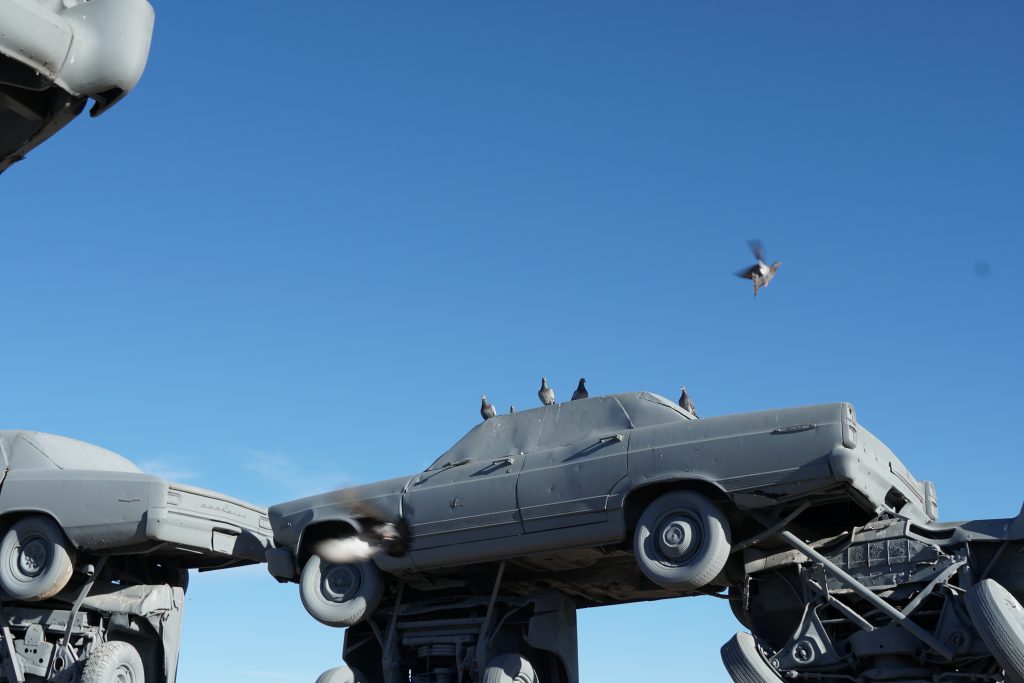
It seems ancient cultures used their “observatories” to track the seasons. These sites probably had religious significance and even practical uses.
Our planet orbits around the sun deviating less than a second in a year. With each orbit, we pass through eight events that “everyone” in the world can see. We have two Equinoxes, two Solstices and four Cross Quarters. This is observed at the same time by all the inhabitants of the world (assuming clear skies). Which was used as a form of communication and time keeping. Gatherings would be planned at these events or soon after. Because everyone could track the their time, they could plan their arrival at gatherings. Trade meetings, council meetings, religious worships and other gatherings were most likely planned based on these events. When you think about it, it is kind of cool.
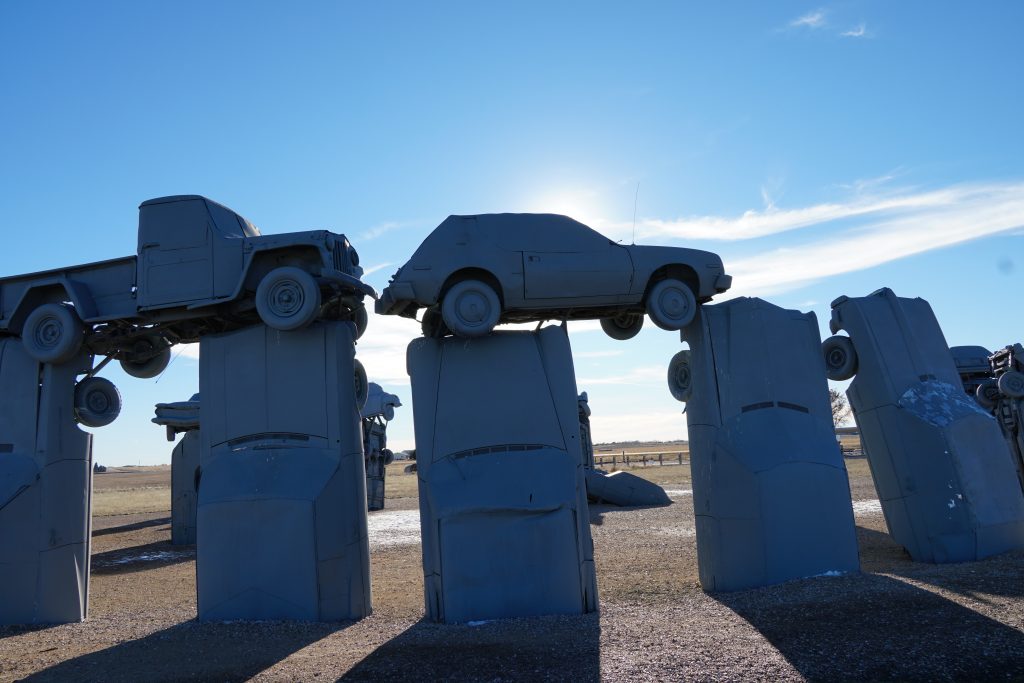
During my long awaited visit to Carhenge, I positioned myself by a car I assumed would be used to measure the upcoming winter solstice. I put my hands skyward to measure the distance from the sun to the horizon. Each finger represented 15 minutes until sunset. 2 hours. I estimated where the sun might be in 7 more days (December 21st, the winter solstice) and lined up the two stones . . . well. . . cars. I was excited to realize that Carhenge seemed to be spot on according to my crude measurements. I was smitten. I admit it.
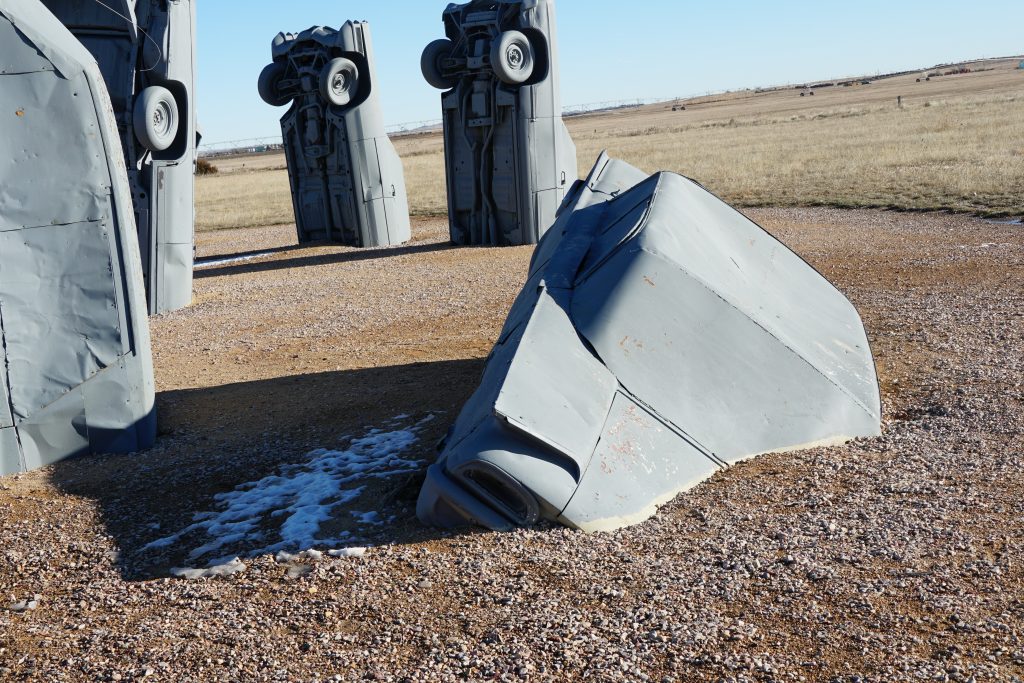
On this excursion, we will be keeping our eye out for these archeoastrological sites. During the “Ancient Cultures of North America” lectures, I learned the the First Nations people of North America actually created many of these sites.
One such ancient observatory is Cahokia, not far from St. Louis.
Cahokias has a number of temple pyramids or mounds, build by a Woodlands Culture. Among these mounds is a very large mound that had a large plaza with holes for wooden posts that were arranged in a circle. Archeologists have aptly dubbed this site “Woodhenge.” In fact many have been discovered in North America. . . so far. With new technology, researchers are expecting to find many more.
Although we won’t be visiting it, there is also a site in NW New Mexico called Fajada Butte in Chaco Culture National Historical Park, This site uses a petroglyph to measure the sun.
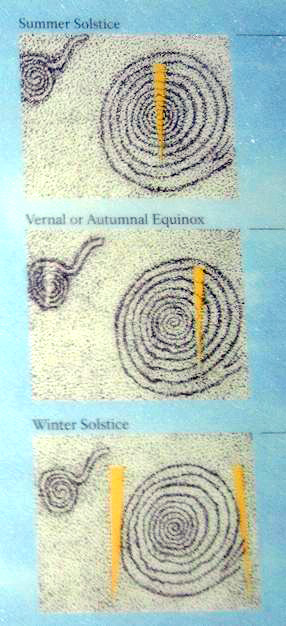
Diagram showing the location of the sun daggers on the Fajada Butte petroglyph on various days
While appraising this roadside attraction, I considered all of these ancient sites. Reflecting on this history, I considered the many locations on the list to visit and wondered if any were ancient observatories. I don’t know at this point, but maybe. It will be exciting to find out.
We will be sure to discuss any sites we run across during this excursion. Stay tuned.


